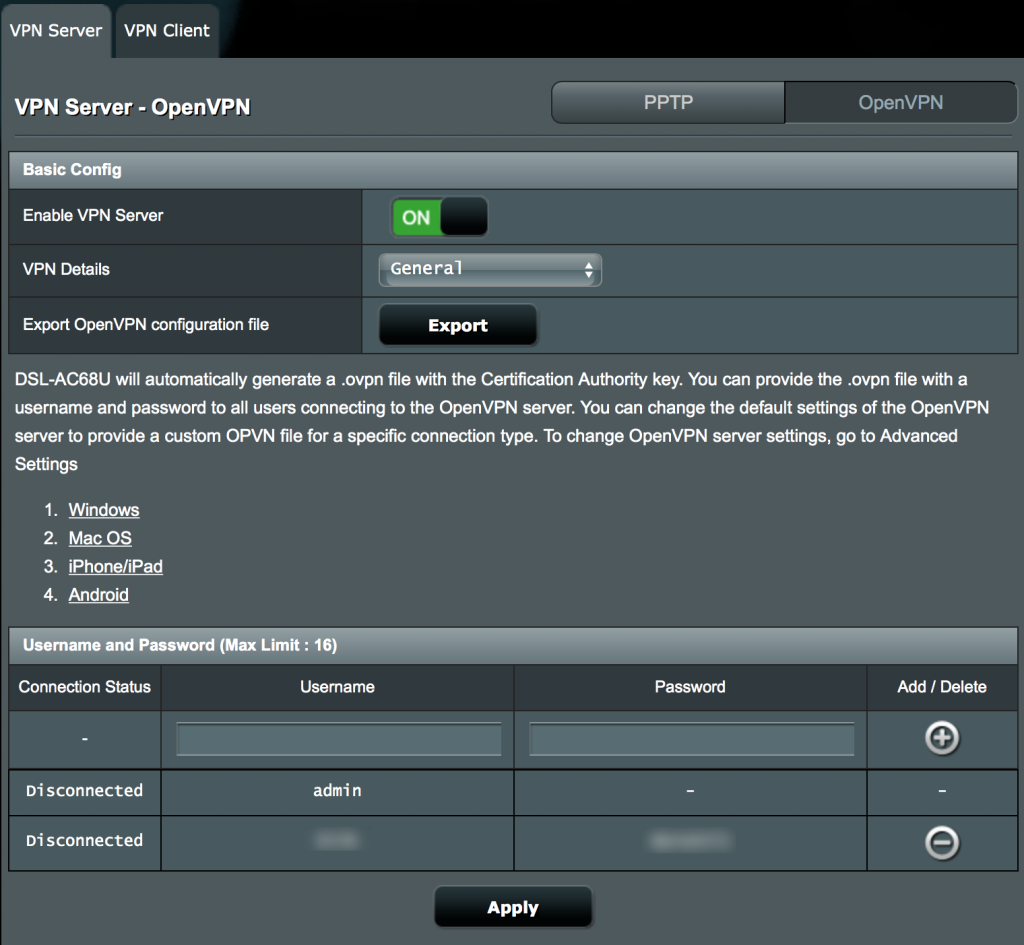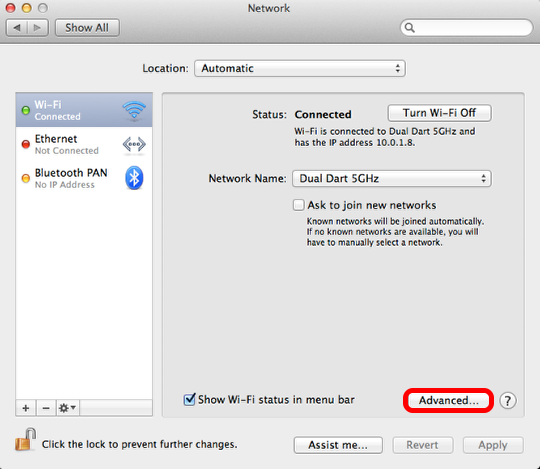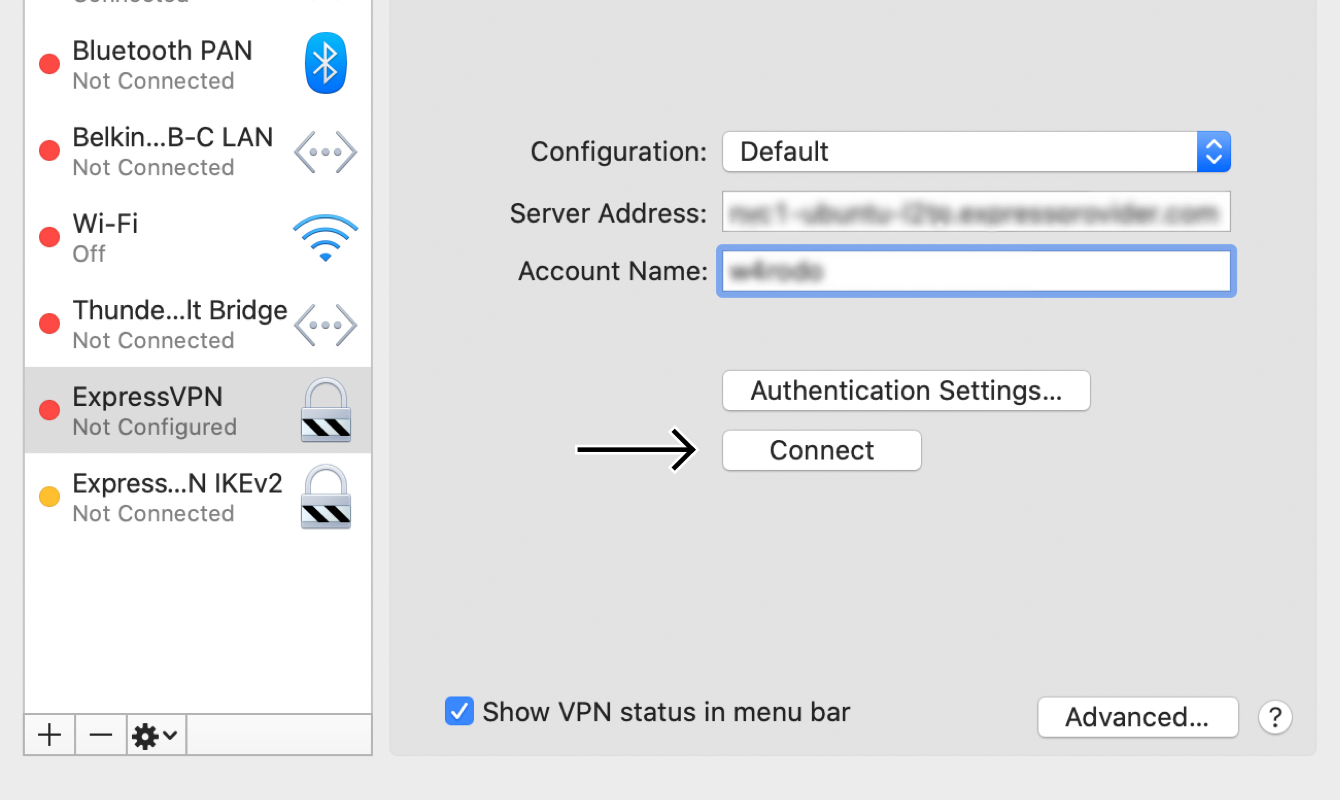

- #Create a vpn for your home network mac os x mac os x
- #Create a vpn for your home network mac os x mac osx
- #Create a vpn for your home network mac os x install
- #Create a vpn for your home network mac os x code
- #Create a vpn for your home network mac os x password
You can create one or many Virtual Network Adapter with SoftEther VPN on your. Run the reset_dns command again after disconnecting form your VPN to remove the entries and restore the original DNS server configuration. The VPN server runs on Windows, Linux, FreeBSD, Solaris and Mac OS X. usually Wi-Fi or Ethernet) so that your VPN DNS servers will be used first, then your Primary connection DNS servers second.
#Create a vpn for your home network mac os x code
The above code adds the DNS servers of your VPN connection to the Primary network connection (i.e. Minimal kernel version: 3.7.0 for aarch64 and 3.2.0 for other architectures. Secure VPN client for aarch64, armv5, armv7, i386 and x8664. For the configuration of a VPN connection under Mac OS X, you will need the following:VPN Tracker 365: Download here An internet connection A VPN Ro Please login to your equinux account If you can not see the login window (or if you did close it by accident), please disable your popup blocker and click on the link below.
#Create a vpn for your home network mac os x mac osx
Mac OSX only uses DNS servers associated with your 'Primary' network connection. Secure VPN client for Windows 7 Service Pack 1, Windows 8.1, and Windows 10 version 1607 or later. Once connected to your VPN, run reset_dns from a terminal window Replace the word 'MY VPN' with the name of your VPN connection. Set_dns_ips "$pri_srvc_name" $setup_dns_ips #!/bin/bashĮcho "set_dns_ips $pri_srvc_name $setup_dns_ips" Put this following code in a file name reset_dns. But I never to my head around it so a second question on that topic might help. But you should be able to figure that out :)ĮDIT: As far as automating the process goes, I'm pretty sure that's doable with AppleScript or Automator. You might want to look at the resolver manpageĪFAIK you need to put a file named in /etc/resolver with the IPs of the nameservers for that domain if you want special nameservers for - Could be they use nf syntax, I can't remember. If I need to post any console command output, I am willing to do that if you let me know which exactly.Īny help is highly appreciated, as this is a kind of show stopper for me now. How do I properly set up the network so it understands when to go through VPN, and when to use the normal connection? I need it to resolve Windows server names correctly. However, as I tunnelled all traffic to go through VPN, I can no longer access the Internet: $ ping Performing these two steps is enough to make my working computer pingable: $ nslookup myusername I manually enter Search Domain name in VPN interface's DNS settings: I found a temporary workaround that allows me to access the network via VPN by modifying two options: I put a checkmark in Send all traffic over VPN connection: How do I configure the network to use them for everything that starts from 192.168? The Old Workaround Ping: cannot resolve myusername: Unknown hostĪfter trying everything I could, I found that this command makes both VPN network and internet available to me: sudo route add -net 192.168.7.218 192.168.7.117 255.255.0.0Ĭompany's DNS servers are accessible by their IPs. However, I can't access my work computer because hostname doesn't get resolved: $ ping myusername
#Create a vpn for your home network mac os x password


#Create a vpn for your home network mac os x mac os x
If the server certificate is installed, in the "Server CA certificate" field, choose Default. If you are using MacOSX, you may experience problems while connecting to the DD-WRT PPTP server this is due to the server having encryption as optional, while Mac OS X requires it when encryption is chosen.Under "Network," select Add connection Add Wi-Fi Advanced.
#Create a vpn for your home network mac os x install
If you're connecting to an EAP-TLS network, you might need to install the user certificate.If the server certificate isn't installed, your administrator might ask you to install the server certificate. Using information from your administrator, look for your server certificate in the list.In the address bar, type chrome://settings/certificates and press Enter.Step 1: Check if your certificate is installed


 0 kommentar(er)
0 kommentar(er)
